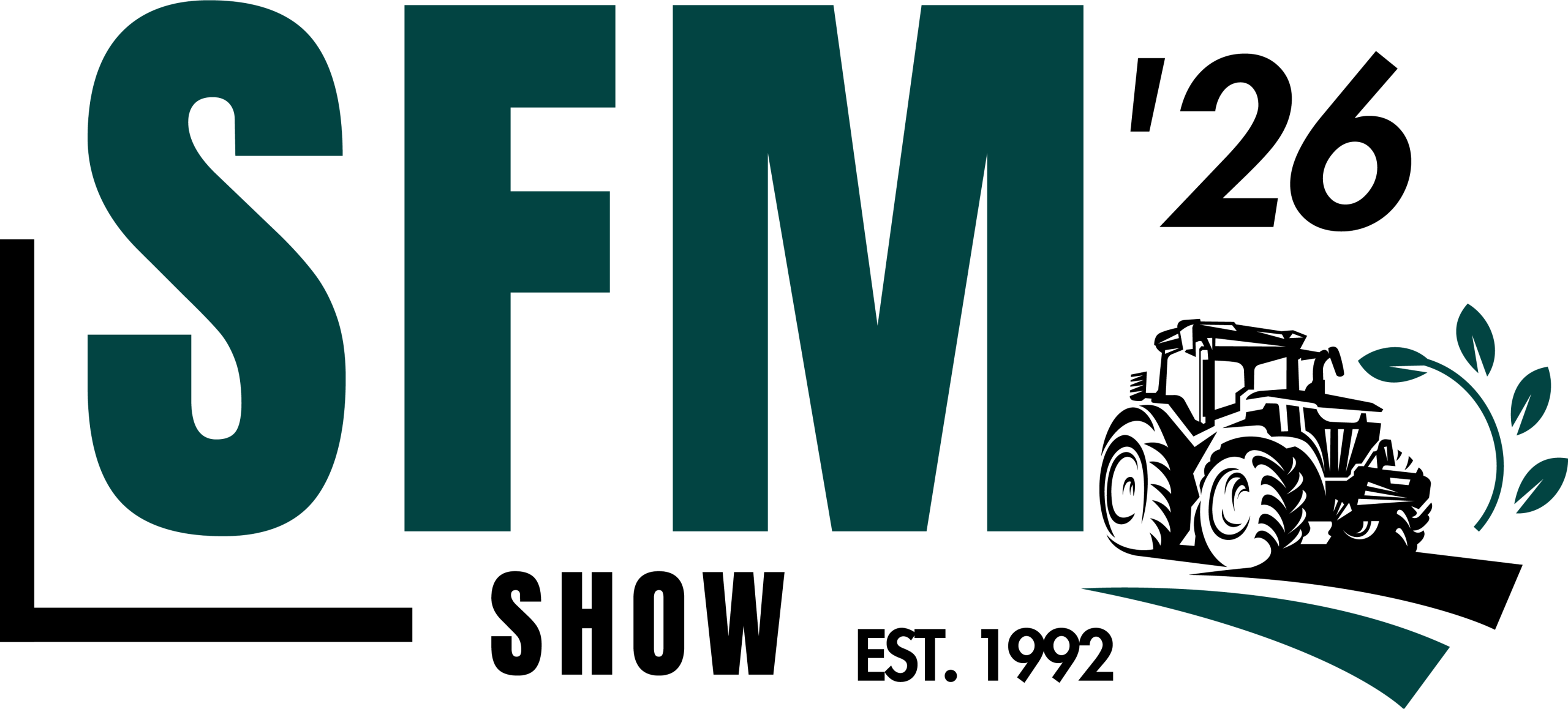Reminder: Tomorrow is the last day to spread chemical N & P fertiliser
Tomorrow (September 14) will be the last day farmers can apply fertiliser in the form of nirogen (N) and phosphorus (P) to their ground.
Grass growth at the minute remains static but, with more moisture in the soil, growth should improve and farmers need to balance building covers with ensuring cows remain out at grass for as long as possible and proper nutrient usage is going to be key to this.
Farmers should aim to spread 20 units of N/ac to any paddock that has not received it in the last three weeks - allowances and weather permitting - before the closed period kick in.
As it is now mid-September, it is important to remember that potentially 20-25% of the total grass growing season remains for 2025.
In order for cows to utilise this, a number of grassland management techniques are going to have to come to the fore.
Some farm set-ups and systems will be unable to keep cows out for long into the winter months, but there needs to be an effort made in maximising the grass growing season by attempting to extend your grazing season.
This will be largely dictated by your rotation length, diet control, and nutrient management.
Even though the closed period for spreading fertiliser in the form of N and P comes into play on September 15, farmers can still spread slurry up until October 1, dairy washings until December 1, and potassium (K) can be spread all year round.
The table below details the storage periods for livestock manure and prohibited periods for spreading fertiliser, slurry, and FYM:
| Zone | Storage period for cattle manure | Chemical fertiliser (N and P) | Slurry | Farmyard manure (FYM) |
|---|---|---|---|---|
| Zone A | 16 weeks | Sept 15 - Jan 26 | Oct 1 - Jan 12 | Nov 1 – Jan 12 |
| Zone B | 18 weeks | Sept 15 – Jan 29 | Oct 1 - Jan 15 | Nov 1 – Jan 15 |
| Zone C (Donegal, Leitrim) | 20 weeks | Sept 15 – Feb 14 | Oct 1 – Jan 31 | Nov 1 – Jan 31 |
| Zone C (Cavan, Monaghan) | 22 weeks | Sept 15 - Feb 14 | Oct 1 - Jan 31 | Nov 1 – Jan 31 |
While the opening dates for the application of these nutrients vary depending on what zone a county is in, all counties have the same closing date for the application of chemical fertiliser, for slurry, and for FYM.
As of 2025, the closed period for spreading soiled water is from December 1-31 for all milk suppliers, liquid milk suppliers included.
If there is no need to spread fertiliser today and tomorrow, then do not spread it, as the uptake of nutrients in September is poorer.
Do not panic just because the deadline is looming, but be sensible with your application if it is necessary, and only apply if your ground needs it.
Another thing to note is that if you have fertiliser stocks retained on the farm after the deadline comes to pass, they must be recorded on the Department of Agriculture, Food and the Marine’s (DAFM) National Fertiliser Database as ‘closing stocks’.
Remember that lime and straight potassium (potash or K) products can be spread all year round.
It might be beneficial to identify paddocks low in K or have a low soil pH this autumn to get them rectified through liming or spreading K to build up soil fertility for next year.





